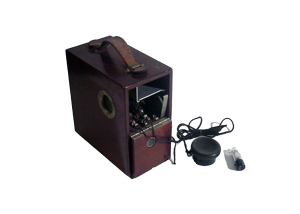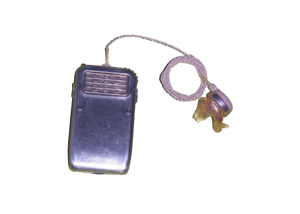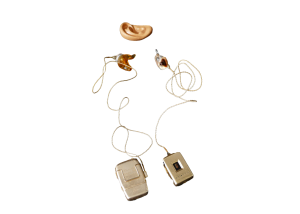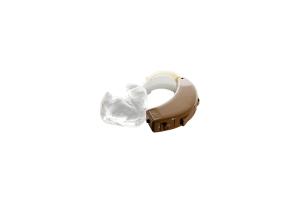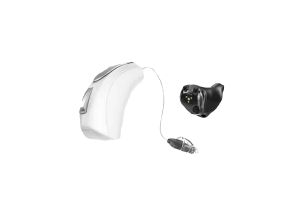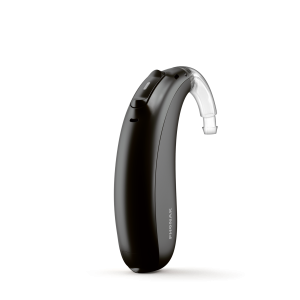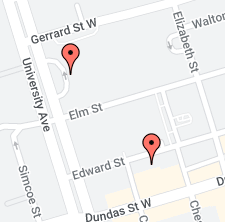OUR STORY
In June of 1922, four years after the Great War, a man by the name of Lou Saad opened Acousticon of Toronto, which was one of the first hearing aid offices in the downtown core of Toronto. One can only imagine the limitations of technology at that time. 30 years later in 1952, Peter Keller purchased Acousticon of Toronto and changed the name to Union Hearing Aid Centre Limited.
Not long after this name change Peter and his wife Margery Keller found the need to assist children as there were no offices at the time that specialized in paediatrics. As the practice grew, so too did the skill level of Peter Keller who pioneered some of the most comprehensive hearing aid modifications and mold styles for both adults and children.
In 1994 Peter Keller partnered with Chris Kyroglou and Nick Veronico and taught them both all of the knowledge he acquired over the many years of practice as well as specifically how to properly take impressions on the smallest and most difficult of ears. Peter and Margery Keller wanted to make sure the business continued in good hands.
And now, 100 years after the first hearing aid office opened in Toronto, the practice has grown with 20 staff members, including Audiologists and Hearing Instrument Specialists (HIS) who help service over 17,000 satisfied patients.

